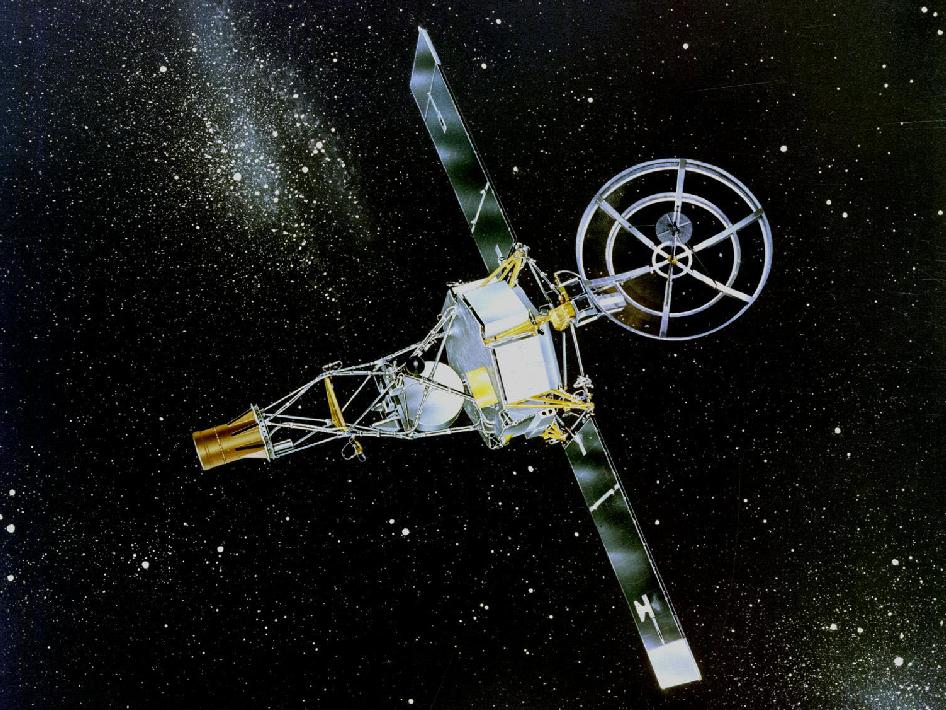
Exobiology.Space
EXOBIOLOGY.SPACE
Exobiology is the portion of astrobiology that focuses solely upon extraterrestrial life.
Colonizing mars
Although Mars is extremely inhospitable, the Martian surface is the anticipated site of initial colonization. If we insist on colonizing the surface of a planet, the surface of this planet most closely approximates the Earthly conditions that human colonists will find welcoming. No other colonizable celestial body in our solar system with a colonizable surface is more similar to Earth than is Mars.
Benefits of colonizing mars
Of all the planetary bodies in our solar system, only Mars offers a surface that is similar enough to Earth to make it attractive to us for colonization, making #colonizeMars and #occupyMars the mantras of those wishing to expand humankinds' presence in the universe. Mars has a solid surface, an atmosphere, and frozen subsurface water. The gravtational field of Mars is much less intense than that of Earth, but significantly more Earth-like than that of the Moon. The planet Mars is, and has long been, the most popular target for potential colonization because of its similarities to Earth, and because it seems like a probable site of discoverable past or current extraterrestrial life. Might extraterrestrials exist on planet Mars? Evidently not unless they are of the microbial variety.
drawbacks to colonizing mars
Mars provides a dramatically inhospitable environment for humans. The atmosphere is extrememly thin, with very low air pressure at the surface. Martian air is mainly carbon dioxide, and contains minimal oxygen. The gravity of Mars is so weak compared to Earth that many of the harmful effects of microgravity suffered by astronauts in space will effect Martian colonists. Mars has no planetary electromagnetic field to protect it from the harmful effects of cosmic and solar radiation. Perhaps the most consequential issue with the colonization of Mars is the long trip to get there.

Dangers of Long-haul Space Travel
Prolonged periods of microgravity pose major risks to space travelers. Demineralization of bones, negative changes in the bodily microbiome, deterioration of musculature, and blindness endanger the life and health of space crew, and will impair their ability to perform their mission goals after arrival on Mars.
Unlike the missions of the Voyagers, manned journeys to Mars will require substnatial shielding to protect the space travelers from cosmic radiation hazards. The hazard of radiation exposure is one of the most daunting problems facing astronauts journeying to Mars. NASA has studied this problem extensively https://www.nasa.gov/feature/goddard/2019/how-nasa-protects-astronauts-from-space-radiation-at-moon-mars-solar-cosmic-rays and written extensively on the topic.
Extended exposure to microgravity has been found to cause visual impairments, sometimes known as "space blindness" to at least some degree in about 70% of those tested. Space-Associated Neuro-Ocular Syndrome (SANS) includes clinical changes such as swelling in the optic disc, which is where the optic nerve enters the retina, and flattening of the eye shape. Perhaps most significantly, it seems that swelling around the optic nerve also occurs, and if left untreated for enough time, can lead to permanent visual impairment and possibly intractable blindness.
COMPARING MARS TO VENUS
Colonizing one of the two adjacent planets to Earth is possible in our lifetimes. We must decide which one of these nearby worlds makes the most sense to colonize first. GIven the relevant factors, it seems that Venus is the best candidate for initial colonization. Here is the comparison:
Distance
Venus is closer and easier to access from planet Earth.
Gravity
Colonists of the atmosphere of Venus will enjoy a healthy gravitational pull very similar to that of planet Earth, while on Mars the colonists would experience the detrimental effects of relative micro-gravity.
Radiation Exposure
The surface of Mars exposes colonists to significant harmful solar and cosmic radiation, while colonist of the atmosphere of Venus will be protected to a similar extent as being on Earth.
Sunlight Exposure
Colonists of the Venusian atmosphere will enjoy sunlight similar to Earth, while thoose on the surface of Mars will have only dim sunlight.
Ambient Temperature and Air Pressure
These factors will be very pleasant and Earthlike in the atmosphere of Venus, but completely incompatable with life on the surface of Mars.
Breathable Atmosphere
Neither planets offer a breathable atmosphere.

